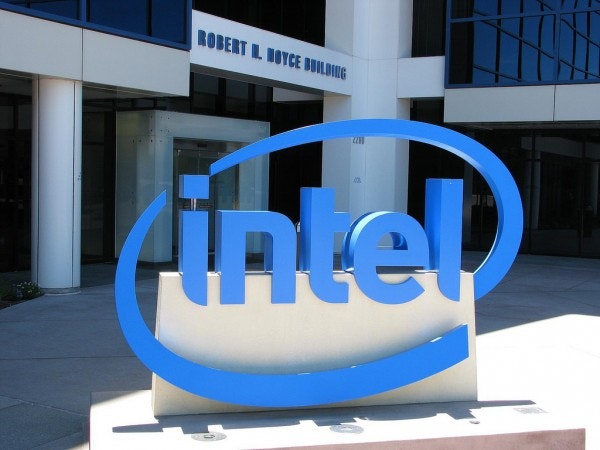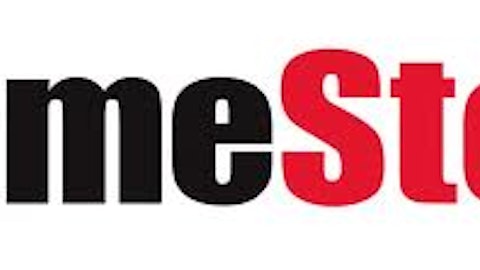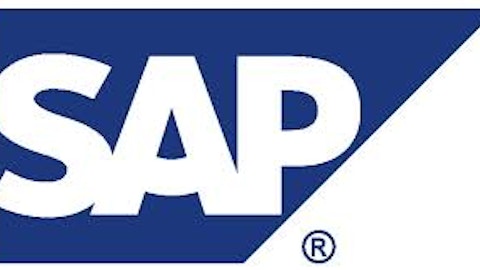A lot can change in a just a few years’ time.
Back in 2009 and 2010, emerging markets allowed Intel Corporation (NASDAQ:INTC) to reach new levels of profitability, helping offset the weakness that developed markets were experiencing as the result of the Great Recession. Fast-forward a few years, and not only has Intel Corporation (NASDAQ:INTC)’s emerging-market growth engine faced increased pressure from mobile computing, but its entire consumer-facing business is feeling the heat. Last year marked the first time in 12 years the worldwide PC industry experienced a year-over-year decline in shipments. Nearly 830 million smartphone and tablet shipments helped drive PC shipments down by 3.5%. This year, the PC industry is expected to decline by another 2% as mobile computing shipments are expected to reach close to 1 billion units. In other words, the assault on Intel Corporation (NASDAQ:INTC)’s business is very real.

Sponsors of tomorrow?
When Intel Corporation (NASDAQ:INTC)’s x86 chip architecture was introduced, power efficiency was never the primary goal. However, the mobile computing revolution has begun to change Intel’s thinking since it’s now threatening its business. With the help of Moore’s Law and heavy capital investments, Intel Corporation (NASDAQ:INTC) is promising to make its Atom line of chips more power-efficient than its rivals’, which are based on ARM Holdings plc (ADR) (NASDAQ:ARMH). To make this promise a reality, Intel Corporation (NASDAQ:INTC) is expected to spend in the neighborhood of $13 billion this year to develop its next-generation foundries. Naturally, the market wasn’t too pleased with this development, because large capital investments often come at the expense of gross profit. However, if all goes to plan, these large investments should allow Intel to establish a greater presence within mobile computing applications in the years ahead.
The great transition
For Intel to revisit its peak gross profit margin achieved during 2010, it stands to reason that its Atom line of processors, which contributed greatly this peak, ought to play a larger role in Intel’s future. Considering the combined worldwide smartphone and tablet market is nearly three times the size of the PC market, there is tremendous potential for Intel and its Atom processor to capture future market share and boost profit margins. As part of its strategy, Intel is focusing on the low-end smartphone market because smartphones have only reached about 25% saturation worldwide. In other words, its current Lexington smartphone chipset offers great potential, and I imagine future generations will offer even greater potential.
On the tablet front, Intel’s upcoming quad-core Bay Trail processor possesses the ability to converge the tablet and the PC into one device since it will be able to run full-blown Microsoft Corporation (NASDAQ:MSFT) Windows 8. It’s likely such a convergence would come at a premium, but for those users looking for a tablet that can do more than an ARM Holdings plc (ADR) (NASDAQ:ARMH)-based tablet, Bay Trail could potentially deliver in a big way.
The great unknown
Intel investors should be aware that there’s a current disconnection between where Intel is today and where it’s promising to be in the future. Between then and now, there’s a degree of uncertainty that Intel won’t be able to deliver compelling alternatives to ARM-based designs in a timely manner. Although the company does posses the world’s most advanced chip foundries, it doesn’t guarantee that it will be successful in the mobile computing industry, or that it will return to peak profitability. After all, the company continues to pour more of its money into research and development while it makes heavy investments into its future.
Despite this current uncertainty, Intel CEO Paul Otellini has assured investors that Intel’s cutting-edge foundries are the company’s single greatest asset. Hopefully in a few years’ time, the world will begin to see why.
The article Has Intel Already Peaked? originally appeared on Fool.com.
Fool contributor Steve Heller owns shares of Intel. The Motley Fool recommends Intel. The Motley Fool owns shares of Intel and Microsoft.
Copyright © 1995 – 2013 The Motley Fool, LLC. All rights reserved. The Motley Fool has a disclosure policy.

